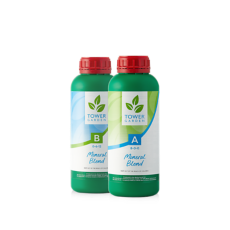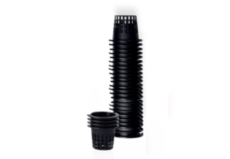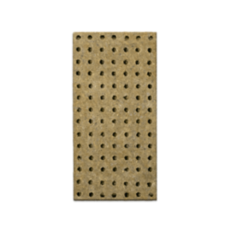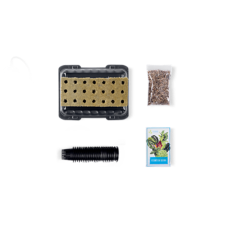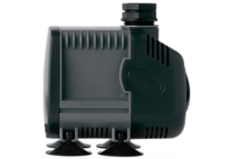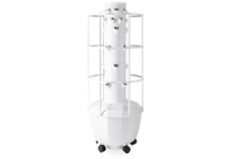15 Easy Plants New Gardeners Should Grow
?wid=920&_ck=1666008190561)
If you’re getting ready to grow your first Tower Garden, congratulations! You might be wondering which plants are best — or easiest — for beginners to grow. These plants generally thrive without much attention.
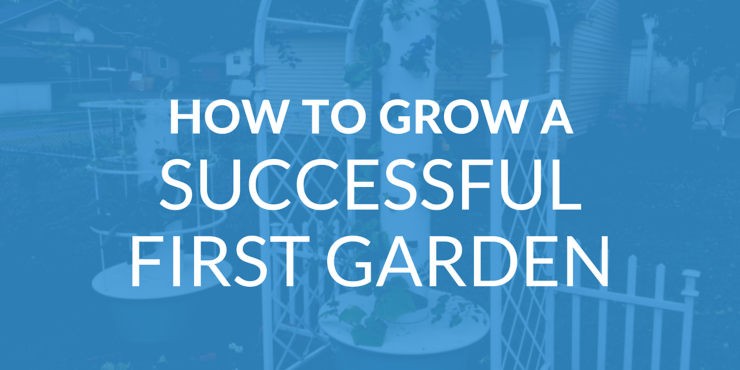
Leafy Greens & Herbs
These plants generally grow best in cooler temperatures, so they make ideal spring and autumn crops if you're growing outdoors. They also flourish indoors, and most will tolerate a little less light than fruit-bearing crops. Plus, they pack a lot of healthy stuff into a little package: Vitamins, minerals, and disease-fighting phytonutrients.
All Tower Gardens ship with a Seedling Starter Kit that include these seeds to start your garden:
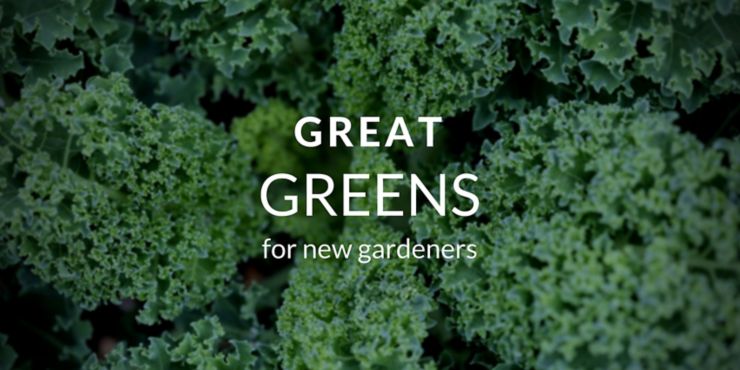
Rocket
You may recognize its peppery punch in salads, wraps, or even pesto, but it also mellows to a lovely flavour when sautéed. Rocket is resilient and grows well in a variety of conditions. Learn more about growing rocket.
Chard
Chard is perhaps the most flexible plant on this list. Grow it pretty much any time of year, indoors or out. And with spinach-like leaves and celery-like stalks, it’s also versatile in the kitchen. See more about growing chard.
Kale
Has there ever been a veggie as versatile as kale? Its flavour may be debatable, but its nutritional value is off the charts as a superfood. Two things are certain about our leafy green friend, kale: It’s easy to grow and can be used in so many things. And it’s one crop that doesn’t mind a frost or two. Here are a few best practices for growing kale.
Lettuces
There’s a reason lettuce seeds ship with every Tower Garden. This low-maintenance crop can be ready to harvest within a month. Although it prefers spring and autumn, lettuce grows well virtually all year in full or partial sun (outdoors) or grow lights (indoors). Get more lettuce growing tips.
Baby Greens
What are baby greens? They’re just what they sound like — your typical leafy greens, including kale, lettuces, spinach, rocket, and more, harvested at just a few weeks old. Ready to eat, these young greens are at their most tender.
Fruit-bearing Crops
When most people think about growing a food garden, they often think of these crops. With fruiting plants, you’ll need to address a few essential requirements:
- Light. Fruit-bearing crops need at least eight hours of direct sunlight every day. When growing these plants indoors, consider crops that won't get too large to ensure they receive adequate light. This makes them a little trickier to grow inside.
- Pollinators. Bees, butterflies, and other pollinators are vital in helping these plants produce bountiful harvests. You can encourage pollinators to visit your outdoor garden by following these steps. And for indoor growing, here is a great resource for pollinating your crops.
- Space. Some fruit-bearing crops, like squash, cucumbers, pole beans, and indeterminate tomatoes (see more about determinate and indeterminate tomatoes below), can claim a fair bit of space. Accessories like this support cage can help you manage growth. And pruning can prevent overcrowding.
- Temperature. Most fruit bearing crops are warm season plants, so wait until all danger of frost has passed before planting.
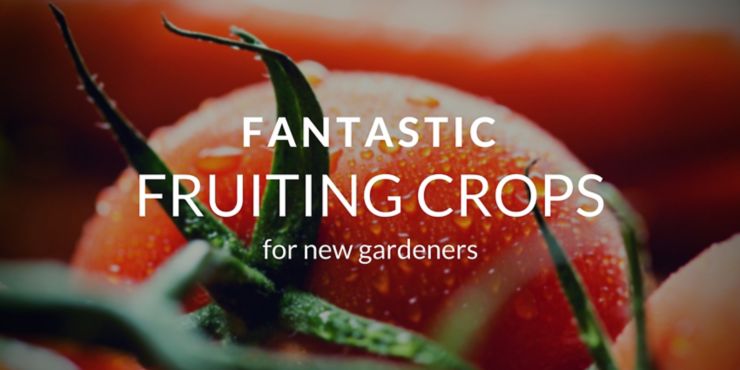
Cucumbers
Typically, the biggest challenge people encounter when growing cucumbers relates to water, because inconsistent watering makes them taste bitter. Luckily, Tower Garden eliminates the need for external watering! Be sure to give cucumbers lots of sun, and they’ll be content. Learn more about growing cucumbers.
Green beans
There are two basic types of green beans you can grow: pole and bush. Pole beans grow as vines, which may need staking or a support cage, but they usually produce more than the relatively compact bush beans. Whichever you choose, both are easy to grow.
Peppers
Peppers come in a huge variety, so have fun picking sweet, spicy, or both! Pepper plants need a lot of light, and a sunny patio can provide the perfect environment. Check out this helpful pepper guide for more growing tips.
Tomatoes
These sun-loving, warm-season plants come in two growing types: determinate, which grow like a bush to a specific (determined) size, and indeterminate, which continue to expand as long as the season allows. Indeterminate tomatoes need more attention, including a support cage, but they also yield more fruit. Get more tomato tips.
Courgette squash
Courgette plants produce a lot of fruit, so be ready with recipes or a plan for sharing with your friends! Note: Courgette plants get large so plan for extra space when selecting your other crops.
Herbs
From culinary to medicinal, herbs have many uses. Most herb plants stay compact, and often a small harvest goes a long way. This makes the following plants excellent choices for urban gardeners and others with small spaces. Herbs also tend to grow well indoors.
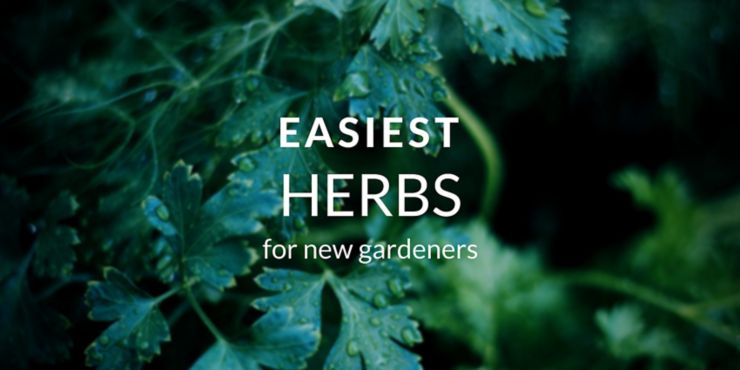
Basil
This aromatic herb grows well both inside (grow lights) and outside. Basil prefers warm weather, so wait until temperatures are consistently above 65°F (18°C) if you’re growing it outside. Learn more about growing basil.
Cilantro (Coriander)
This plant provides two foods in one: Cilantro leaves and coriander, it's citrusy seeds. Cilantro complements spicy foods, and it’s easy to grow in most conditions. When buying seeds, look for the slow bolting variety. (Cilantro tends to bolt as soon as the weather warms up.) See more about growing cilantro.
Dill
Dill’s delicate flavour brings to mind the freshness of spring, when it really thrives. This prolific plant is very easy to grow. If you grow dill outside, consider letting it flower. Bees and other pollinators love it!
Mint
Mint is known for its aggressive growth in soil, which allows it to spread in a garden quickly. Growing with Tower Garden makes it more manageable with frequent harvesting and root pruning.
Parsley
Parsley acts as a natural breath freshener and is a key ingredient in many delicious dishes. On the Tower Garden, parsley is pretty forgiving, tolerating a range of temperatures and partial sun.
How to Arrange Your Tower Garden
If you’re growing with Tower Garden and want to try these plants, you may be wondering how you should arrange them. In general, you should aim for a pyramid structure — bigger plants at the bottom, smaller ones up top.

